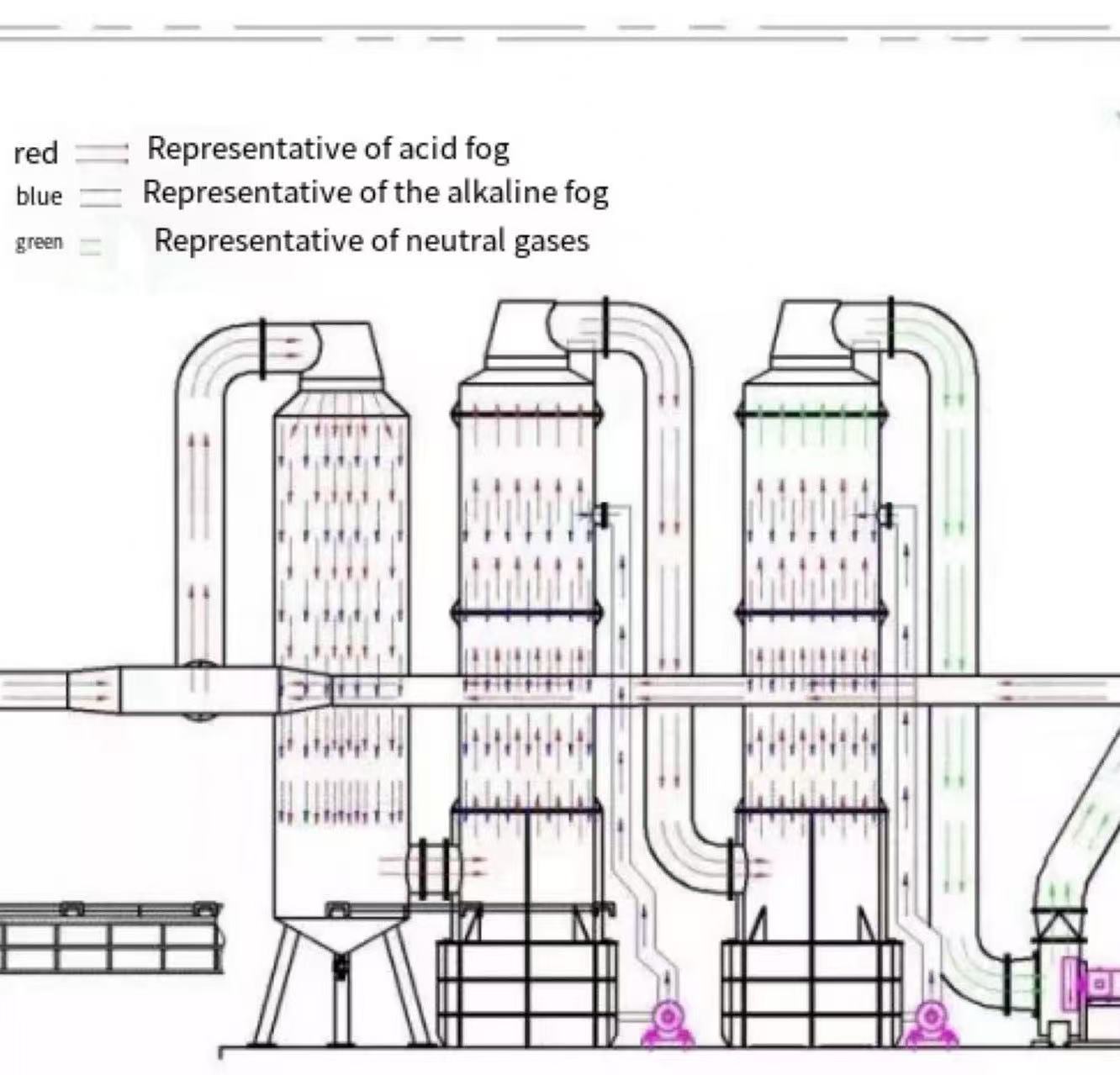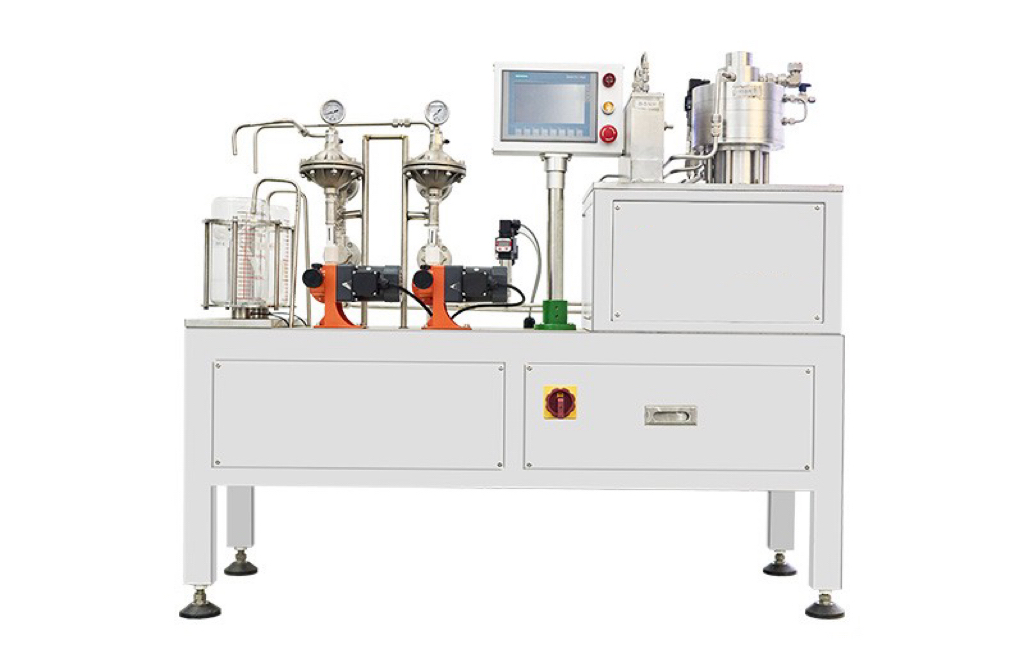-
Application of Continuous Flow Reactors in High-Risk Processes
2025-09-22
According to the State Council's Work Safety Committee, high-risk chemical processes include nitrati
-
Technological Innovation of Continuous Flow Microchannel Reactors in the Pharmaceutical Industry
2025-06-09
The text focuses on the quality control and regulatory framework for continuous flow pharmaceuticals
-
Application Progress of Continuous Flow Microchannel Reactors in the Pharmaceutical Industry
2025-06-09
Continuous Flow Technology (CFT) achieves chemical reaction process continuity via equipment like mi
-
22 2025-09
Application of Continuous Flow Reactors in High-Risk Processes
According to the State Council's Work Safety Committee, high-risk chemical processes include nitration, chlorination, fluorination, ammoniation, sulfonation, hydrogenation, diazotization, oxidation, peroxide treatment, cracking, and polymerization. These processes pose significant risks such as toxic gas leaks and high-pressure explosions. Continuous flow reactors, as advanced technology, offer improvements in safety and yield compared to traditional reactors. This article analyzes the suitability of continuous flow reactors for hazardous processes like phosgene reactions, which involve highly toxic gas risks, combustion and explosion hazards, and corrosive byproducts like hydrochloric acid. The goal is to enhance safety in chemical production and reduce fear associated with these processes.
-
09 2025-06
Technological Innovation of Continuous Flow Microchannel Reactors in the Pharmaceutical Industry
The text focuses on the quality control and regulatory framework for continuous flow pharmaceuticals. The ICH Q13 guidelines have core requirements including batch definition adaptable to market demands, Process Analytical Technology for online parameter monitoring, and equipment validation for over 100 - hour continuous operation. A typical case is the continuous synthesis of tetrazoles with optimization strategies to increase yield and ensure process safety. There are technical challenges such as reaction system compatibility, equipment congestion and high maintenance costs, and regulatory lag. Solutions involve modular design, innovative materials, clean - in - place systems, FDA's CQA database, and industry collaboration. Future trends include intelligent integration with AI, expansion of green chemistry, biopharmaceutical fusion, and the development of modular factories.
-
09 2025-06
Application Progress of Continuous Flow Microchannel Reactors in the Pharmaceutical Industry
Continuous Flow Technology (CFT) achieves chemical reaction process continuity via equipment like microchannel reactors and fixed beds. Its core advantages are process intensification and precise control, different from traditional batch production. Continuous flow microreactors can solve user pain - points, including increased safety, efficiency breakthrough, consistent quality, and green manufacturing. In pharmaceutical production, CFT can be classified according to reaction systems: gas - liquid reaction system (e.g., carbonylation reactions with a tube - in - tube device for mixing), solid - liquid reaction system (e.g., palladium - catalyzed Suzuki coupling with a long - life catalyst in a fixed - bed reactor), gas - liquid - solid reaction system (e.g., continuous hydrogenation with integrated water electrolysis hydrogen production and extended to deuterated drug synthesis), liquid - liquid reaction system (e.g., Bucherer - Bergs reaction with high - pressure intensification), and multi - phase integrated system (e.g., SPS - FLOW system for automated production of Prexasertib and synthesis of tetrazoloid derivatives).
-
28 2025-05
Continuous Flow Microchannel Reactors in the New Materials Industry(2)
Continuous flow technology has significant advantages but faces challenges like high equipment investment and solid - liquid system clogging in the new materials industry. Continuous flow microreactors offer intelligent integration with PID precise process control and multi - level linkage control, a disc shear flow channel for high - speed shear flow and efficient mass and heat transfer in gas - liquid - solid three - phase reactions, and modular design with industrial - grade skid - mounted features that save floor space and enable full - process automation. Continuous flow technology and microreactors are driving the new materials industry towards efficiency, greenness and customization, covering key fields such as electronics, energy and environmental protection. It's expected that by 2030, continuous flow technology will take over 50% of the market share of the new materials' core process.

3153-3 Lvxiang Village, Jinshan District, Shanghai
No.1, Sanqiang Road, Rugao City, Jiangsu
Tel: +86 13651755429;+86 13916961821
Email: ys.zhu@ekaislot.com;zsy@ekaislot.com
Contact Now

